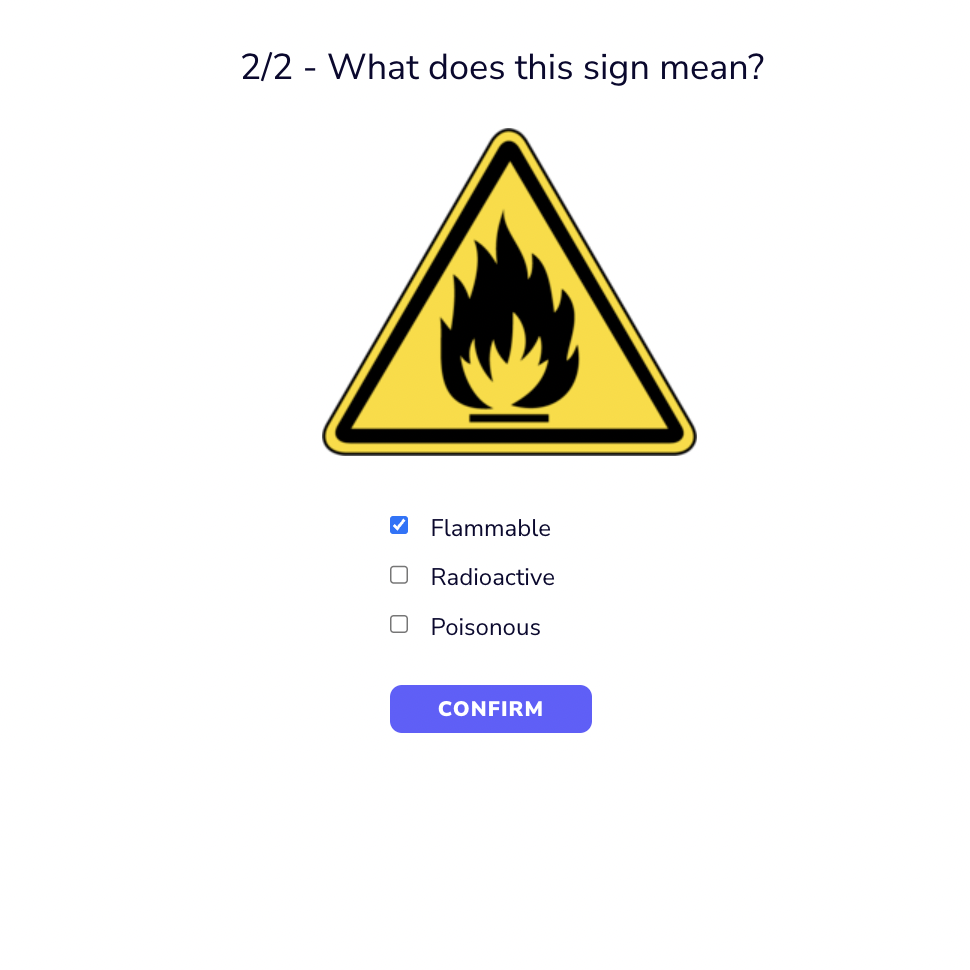Creating your own training videos is a great way to enhance your training programs, share your expertise, engage your learners, reduce the cost of training creation, and increase training ROI.
In the first post of this 2-part series, we discussed why large organizations should create their own training videos, as opposed to having an outside party create them. In this post, we will explore some examples of different types of training videos and how they can benefit your organization.
Training Video Types
There are many types of training videos that you can create, depending on your learning objectives, target audience, available resources, and chosen delivery platform. Here are some of the most common ones:
Instructor-led video
Instructor-led videos feature an instructor delivering the information to the camera, usually with the help of other visuals such as slides, images, or screen recordings. These videos are good for teaching a skill, explaining a concept, or demonstrating a product or software.

For example, here is an instructor-led Speach training video that features an instructor standing against a plain background, with text displayed to reinforce the most pertinent information.
Employee-created videos
Employee-created videos are created by the employees themselves, using their own devices and tools. These videos are useful for capturing and sharing the knowledge and expertise of the subject matter experts within the organization.

For example, here we see an employee-created video using Speach that shows how to use a specific tool in the workplace.
Screen capture videos
Screen capture videos show a screen recording of a task or process, usually with audio narration or subtitles. These videos are ideal for software tutorials, demos, or walkthroughs.
Screen capture videos can be synchronized with webcam videos of instructors to add another level of professionalism and clarity.

For example, here is a screen capture video using Speach that demonstrates how to use an internal software program. This screen capture is sycnhronized with a video of the instructor speaking.
How-to videos
How-to videos show an individual performing a task or guiding the learner through a process, step by step. These videos are great for showing how to do something in a practical way, such as how to fix a machine, how to cook a dish, or how to perform a medical procedure.

For example, here is a how-to video that shows how to properly complete a task on a pharmaceutical assembly line.
Animated videos
Animated videos use fully animated visuals to illustrate the content. These videos are excellent for explaining complex processes, ideas, or data that are hard to visualize or understand otherwise.

Interactive videos
Interactive videos allow the learner to interact with the content by clicking on buttons, answering questions, choosing options, or exploring scenarios. These videos are effective for engaging the learner, testing their knowledge, or providing feedback.

For example, here is a training video using Speach that features an interactive quiz
Conclusion
As you can see, there are many types of training videos to create. Each type has its own advantages and disadvantages, depending on your organization’s goals and needs. The important thing is to choose the type that best suits the content and your workforce.
Want to create your own effective training videos? Get started today at speach.me/demo!





